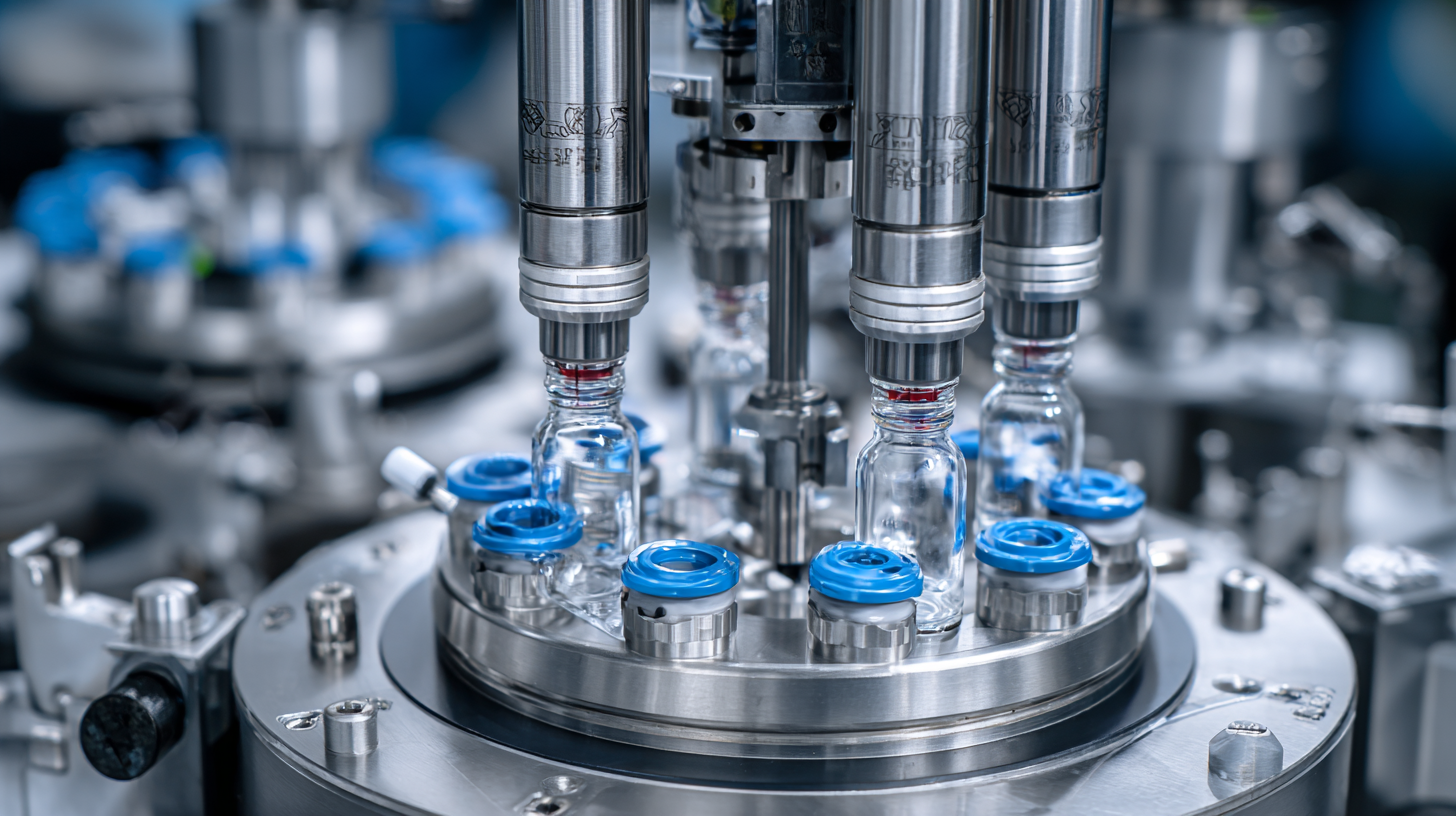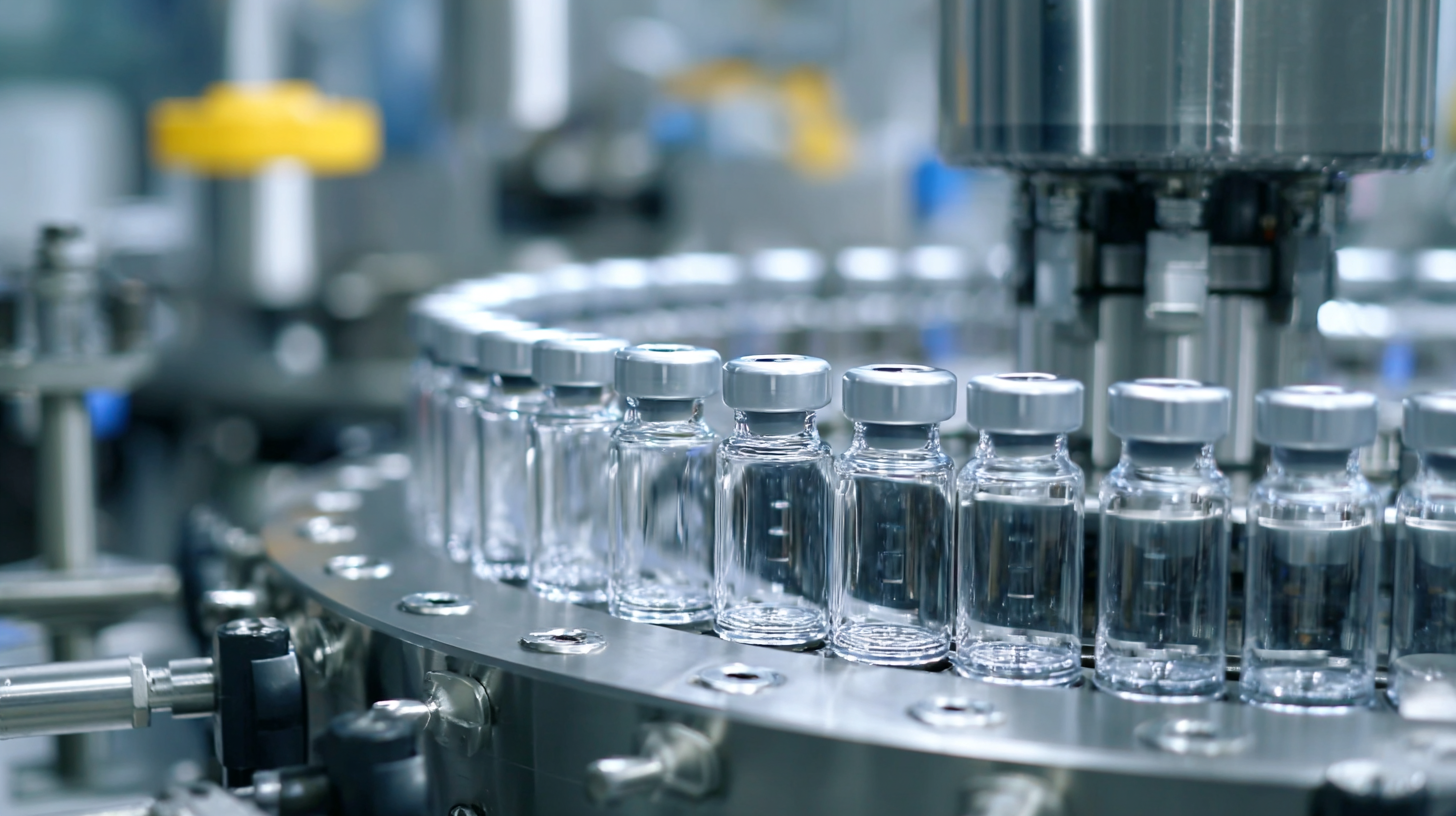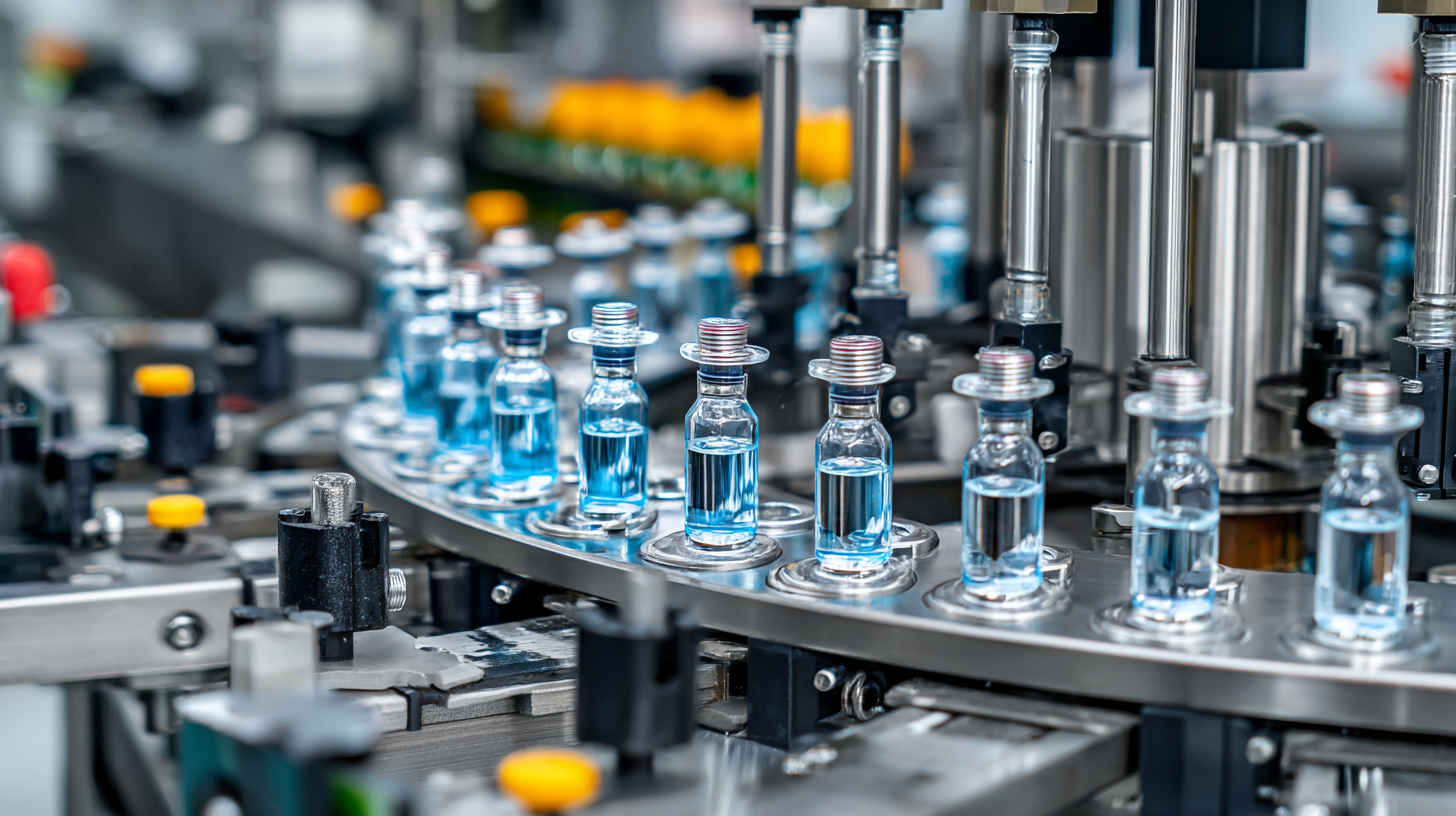Automated Dispensing Robot Videos
A World of Robotic Dispensing and Assembly SolutionsChallenges Faced with the Best Liquid Vial Filling Machine in Modern Production
In today's fast-paced production environment, the efficiency and reliability of manufacturing processes are paramount. One critical component that plays a significant role in the pharmaceutical and biotech industries is the Liquid Vial Filling Machine. These machines are designed to streamline the filling process, ensuring accuracy and minimizing wastage of valuable liquid products. However, integrating a Liquid Vial Filling Machine into modern production lines comes with its own set of challenges. From machine calibration and maintenance to managing varying viscosities of liquids and ensuring compliance with stringent quality standards, manufacturers must navigate a complex landscape. This blog aims to explore these challenges and provide practical solutions to optimize the performance of Liquid Vial Filling Machines, ultimately enhancing productivity and ensuring the delivery of high-quality products to the market.

Challenges in Selecting the Right Liquid Vial Filling Machine for Modern Facilities
Selecting the right liquid vial filling machine for modern production facilities presents a complex set of challenges. With the rise of automation in the pharmaceutical sector, companies are confronted with the need to integrate advanced systems that enhance efficiency and accuracy. As exemplified by the development of automated systems for filling syringes, there is a strong push towards technologies that minimize manual handling and increase throughput. However, this shift requires careful consideration of existing processes and the compatibility of new equipment with current manufacturing setups.
Moreover, the demand for fill/finish operations is becoming increasingly intense. Pharmaceutical manufacturers are now required to navigate scheduling complexities and ensure that their equipment can meet fluctuating production needs. The quest for reliable machines has led to advancements in robotic automation, which promise to streamline production lines, reduce errors, and optimize resource allocation. Nevertheless, making the right choice involves analyzing not only the technical specifications but also how the selected solution will address evolving industry trends and compliance requirements, ultimately impacting product quality and safety.
Challenges Faced in Selecting the Right Liquid Vial Filling Machine
Technological Innovations Transforming Liquid Filling Processes in China
In the realm of modern production, liquid filling processes are experiencing transformative advancements driven by technological innovations in China. The integration of state-of-the-art equipment and processes enhances efficiency, precision, and sustainability in manufacturing. As industries increasingly adopt smart technologies, the traditional liquid vial filling machines are being revolutionized through automation, enabling manufacturers to manage their production lines with unprecedented efficiency. These innovations not only improve productivity but also help in minimizing waste and reducing operational costs.
The rapid development of energy storage technologies and thermal-driven dehumidification systems reflects China's commitment to integrating renewable energy solutions into their manufacturing processes. Such developments are critical in optimizing conditions for liquid filling operations, ensuring product quality and reliability. Furthermore, the focus on sustainable practices within the industry aligns with global efforts toward decarbonization, reinforcing the importance of innovative policies and methods. As Chinese manufacturers continue to lead in advanced industries, the synergy between technological advancements and sustainability initiatives paves the way for a new era of liquid filling processes that cater to both economic growth and environmental responsibility.
Quality Assurance Measures for Reliable Vial Filling in Global Markets
In today's competitive global markets, ensuring the quality of liquid vial filling processes is paramount for manufacturers. Quality assurance measures play a crucial role in maintaining product integrity and compliance with industry standards. Implementing stringent protocols from the outset, including regular equipment calibration and validation, helps organizations achieve consistent performance in vial filling.
Tips: Regularly train staff on quality control procedures to mitigate human error during the filling process. Establish a routine maintenance schedule for machinery to reduce downtime and ensure optimal performance.

Additionally, utilizing automation technology can enhance precision and reduce variability in filling volumes. Automated systems are equipped with advanced monitoring features that can detect discrepancies in real time, thus facilitating prompt corrective actions. This proactive approach not only improves product reliability but also builds trust with consumers.
Tips: Invest in high-quality sensors that can provide accurate measurements during the filling process. Conduct routine audits to assess the efficacy of quality assurance measures and identify areas for improvement.
Overcoming Production Bottlenecks with Efficient Liquid Vial Filling Solutions
In modern production environments, the efficient filling of liquid vials is crucial for maintaining productivity and meeting market demands. As pharmaceutical companies navigate complex processes like lyophilization, the importance of overcoming production bottlenecks has come to the forefront. Advanced loading and unloading systems play a key role in optimizing these processes, ensuring that liquid vials are filled accurately and swiftly while maintaining the integrity of the product.
One effective tip for improving the efficiency of liquid vial filling is to invest in automated solutions. Automation not only streamlines the loading process but also reduces human error, which can lead to costly delays. Furthermore, employing systems that integrate sterilization processes with aseptic filling can significantly enhance product safety and compliance, especially when dealing with sensitive compounds like viral vectors.
Additionally, keeping an eye on advancements in sterilization technologies can aid manufacturers in adapting to the evolving landscape of production challenges. Employing sterilizing-grade filtration systems can ensure that the final product is free from contaminants, making the filling process more efficient and reliable. By prioritizing these innovations, production facilities can push through bottlenecks and lay the groundwork for sustained growth and efficiency in their operations.

The Role of Automation in Enhancing Vial Filling Machine Performance
The modern production landscape has significantly evolved with the introduction of
automation technologies,
particularly in the realm of
liquid vial filling machines. Automation plays a
crucial role in enhancing the performance and efficiency of these machines, addressing many
challenges faced in the process. For instance, automated systems are designed to minimize
human error, ensuring consistent filling
accuracy and maintaining the integrity of sensitive liquid formulations. This level of precision
is vital in industries like pharmaceuticals, where even the slightest deviation can lead to
compliance issues and compromised product quality.
Moreover, automation streamlines the workflow in vial filling operations. Advanced liquid vial
filling machines can operate at higher speeds with reduced downtime, which is essential as
production demands increase. The integration of
smart technologies and IoT allows for
real-time monitoring and data collection, enabling manufacturers to quickly identify bottlenecks
and optimize processes. Additionally, automated cleaning and maintenance features help ensure
that the machines adhere to stringent hygiene standards, further enhancing operational efficiency.
Overall, the incorporation of automation in vial filling systems not only boosts productivity
but also fosters innovation within the production environment, paving the way for more complex
and efficient manufacturing processes.
